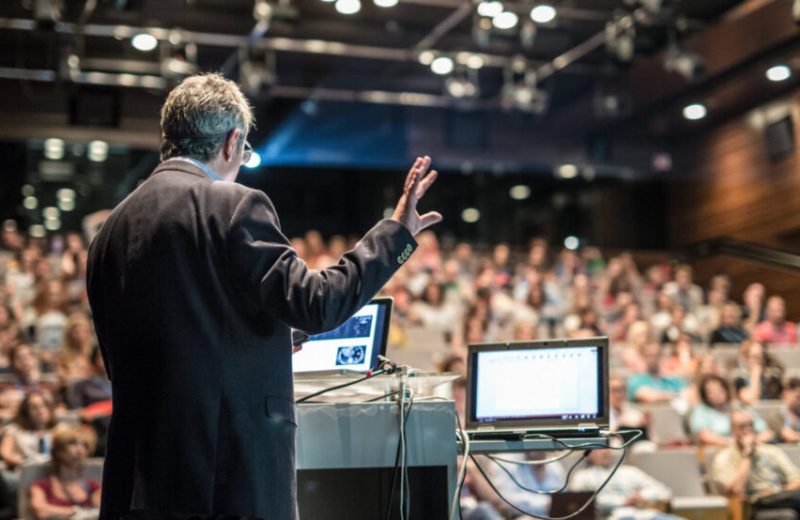Rate this post
The pandemic and its impact on where and how we work has spurred a louder conversation about organizational and team culture. Much of the conversation has been about how a hybrid or remote working environment ruins culture, leading many to opine on the ethos they had pre-pandemic.
While many organizations had a wonderful work culture in 2020, many others are looking back are looking for something known and comfortable – not something that was truly supportive and helpful in reaching personal and organizational goals. As we look at this reality, it provides us an opportunity to learn something about organizational and team culture and gives us the perfect time to apply those same lessons.
















